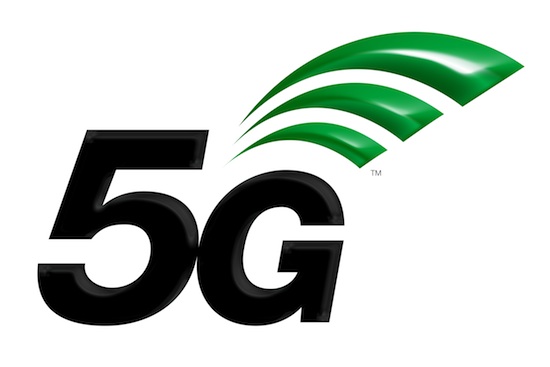5G will account for 12 percent of total mobile connections in 2025, or 1.1 billion, according to new research from the GSMA.
The industry body’s report, which surveyed 750 operator CEOs, also predicted that 5G will provide coverage to one-third of the world’s population by 2025.
In terms of the operator opportunity, the GSMA predicted that new business models could allow operators to grow global revenues at a 2.5 percent CAGR during the 5G era to reach $1.3 trillion in 2025.
Yesterday, Ericsson claimed 5G-related annual revenues could reach $582 billion by 2026.
Today, the Sweden-based vendor signed a collaboration agreement with Comau, the industrial automation company, to explore 5G’s potential for enabling smart manufacturing, maintenance and quality control solutions in industry.
The combination will explore the use of 5G, IoT platforms, cloud and big data solutions in order to enable increased competitiveness and efficiency for industry.
Ericsson and Comau said they planned to establish a research and industrial “community” including customers, academia and public authorities in order to “showcase the benefits of advanced IoT solutions for different applications”.
It was just one of a series of new 5G-related announcements on day two of Mobile World Congress.
On the product side, NEC unveiled a massive-element Active Antenna System (AAS) that supports the low super high frequency band and is suitable for 5G communications.
The AAS supports the 100MHz bandwidth and employs a digital control system, which uses 64 antenna elements to allow the forming of precise beams in MIMO systems for devices such as smartphones and tablets.
According to NEC this will provide over 15 times the throughput per cell of LTE.
ZTE also announced commercial pre-deployment dates for its 5G solutions. They will be available starting from the third-quarter of 2018, the China-based vendor said.
ZTE had previously unveiled a 5G IT baseband unit in collaboration with Intel, which it says is the industry’s first SDN/NFV technology-based 5G RAN solution. ZTE also announced a range of 5G mmWave and Sub6GHz pre-commercial base stations.
In addition, US mobile operator Sprint partnered with Nokia on a massive MIMO demonstration for TDD-LTE spectrum with 64T64R for both the downlink and uplink, making Sprint the first US operator to conduct such a trial.
Nokia described massive MIMO as “a key element of 5G” given it can enable LTE network performance “well beyond 1GBps”.
Amid all the 5G revenue, product and partnership announcements, Ericsson CTO Ulf Ewaldsson issued a stark warning to operators at a press briefing.
Ewaldsson said that he was “not a very big optimist” about their ability to adapt their business models to take advantage of the opportunities presented by 5G.
The “trend is not good” and operators could be reduced to network owners rather than service providers, according to the CTO.
Furthermore, he suggested that the “oligopolies” that are currently in place in the telecoms world could be eroded as we see an increasing number of networks being deployed through unlicensed spectrum.



